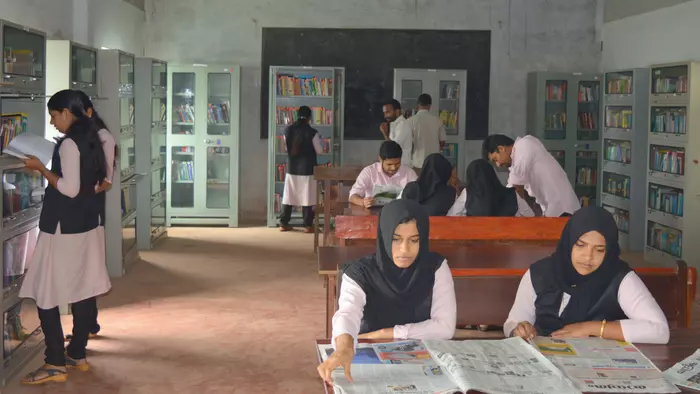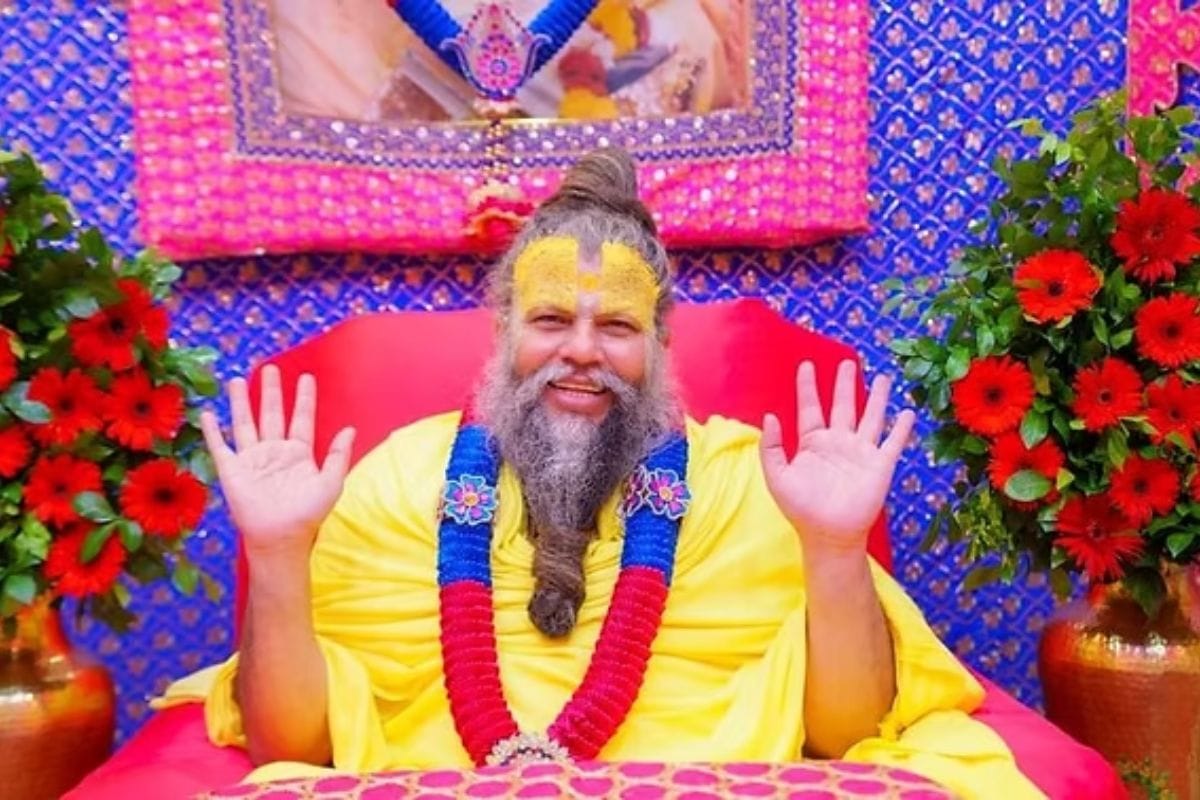Hindus cannot live without festivals. For the simple reason, that there are too many of them, and nearly all round the year. These may range from simple fasting, fasts accompanied by at-home ceremonies involving only women, to the mega ones like Ganesh Chaturthi, Ram Navami, Dussehra, Diwali, Holi, etc., which involve large crowds, and in fact the entire community.
Each year as the festive season sets in, I ponder (possibly many others do likewise) the fact that the bulk of our festivals are sexist in spirit; sure enough women do participate in them, though they are largely assigned secondary (often sedentary) roles. The entire gamut of rites, rituals and religious ceremonies are presided over by male priests, often single, and occasionally in groups.
Who has ever heard of women officiating as priests? It has got to be one out of the two things: Either women are not gifted with adequate cerebral matter to remember the mantras involved, or else they are too frail to handle the elaborate, time consuming rituals. People faithfully follow whatever has been inscribed in the scriptures and epics namely Ramayana, Mahabharata, Puranas and Shastras among others.
The entire gamut of rites, rituals and religious ceremonies are presided over by male priests.
These sacred texts have always upheld and glorified achievements and remarkable deeds on the part of upper caste men, as well as demonised Dalits, Bahujans and Adivasis. For example, Holi – the celebration of the burning of a Bahujan woman Holika. And women – from queens to commoners to those from vulnerable groups have largely been portrayed with low profiles. For instance, consider the highly popular festival, Diwali, celebrated in most parts of India, save pockets like the north eastern states and Kerala. The pivot point of the festival is the legendary, valiant figure – Rama a.k.a Maryada Purushottam (one of impeccable conduct, peerless among men).
The allegedly devoted and loving husband that Rama was, he took it upon himself the arduous task of rescuing his beloved spouse Sita from the clutches of Ravana, the ruler of the island kingdom of Lanka. A war initiated by Rama’s brother Lakshman cutting off the nose of Ravana’s sister Surpanakha. The citizens of Rama’s kingdom in Ayodhya, celebrated his home coming – after fourteen years’ exile-by illuminating their dwellings and surroundings as well.
Unfortunately, in this melee, Sita, the would-be queen, was reduced to the status of a burden. Things were not too smooth for her, following her return to Ayodhya. Ironically, instead of a rapturous, nay, ecstatic reunion with Rama, all Sita received was a stern command to face a crucial agnipariksha (ordeal by fire) – a Litmus test to prove that she had not been tainted by Ravana. So much for conjugal love and affection!
She however obeyed her husband without demur. After homecoming, the spotlight was entirely on Rama. He had already been nominated the heir apparent prior to his departure to the forests. Now the subjects wanted him to ascend the throne at the earliest. Honestly, did Sita not deserve a better treatment after her ordeal on the pyre?
Also Read: Reading Caste In Holi: The Burning Of Holika, A Bahujan Woman
Fast forward to our times, during Diwali, the bulk of activities are handled by the womenfolk. Hectic shopping for ritual stuff, procuring sweetmeats and delicacies for guests and visitors, cooking meals including special items for the family, making arrangements for the evening pooja, creating colourful rangolis near doorways, staircases and in courtyards, leave women utterly fatigued.
Also it is commonly witnessed, that women are the worst affected due to excesses and drunken revelry that we generally associate with Diwali celebrations. The deafening noise (which affects one and all) apart, women are more exposed to accidents and hazards on Diwali nights. A tiny spark from the fire crackers could wreak havoc on their hair and clothes.
Moreover, in case women happen to be out socializing, the night before or on Diwali, it is not uncommon for them to encounter lewd remarks and obscenities from drunken passers-by or a fracas with an inebriated individual at the wheels. Such instances seem to be mild when we read about how many of our unfortunate sisters (age no bar) have undergone nightmarish experiences in connection with the festival of lights.
women are the worst affected due to excesses and drunken revelry that we generally associate with Diwali celebrations.
A horrendous case that comes to mind is the rape of a minor on the night of Diwali two years ago. The six year old girl, a resident of Delhi’s Moti Nagar area was allegedly kidnapped and subsequently raped by one of her neighbours. Apparently the girl’s mother found her crying in the terrace of their home. After a good deal of coaxing and persuasion the girl was able to recount what had happened to her. The family then lodged a complaint with the police. Later, the culprit was booked on charges of rape and arrested.
Yet another horrific case of rape a teenage girl on the night of Diwali exactly four years ago, came to light in Mumbai’s Goregaon locality. The 16 year old survivor, a school dropout, was invited by six of her male acquaintances – all residents of Santosh Nagar, Mumbai – for Diwali celebrations. When she met up with them, they drugged her and then gangraped her inside a tunnel in the city’s Dindoshi neighbourhood. Greatly traumatized, the girl lay low for a few days. Later she told everything to a family member. Her family accompanied her to the police station to where a complaint was registered. Three of the offenders were arrested soon after.
There are similar happenings everywhere across the country. Ironically, on festival night when people are busy celebrating, mischief and evil appear to be at large, claiming gullible people as victims. Things need to change. Change not only in terms of practices, conventions and customs but also by way of outlook and attitude towards a significant proportion of society.
Also Read: Bura Mano Holi Hain! The Blurring Of Consent On Holi
Featured Image Credit: India Resists, Wikipedia and Denis Books
About the author(s)
Delhi based Ruchira Ghosh is a trained journalist with nearly two & a half decade’s writing experience and exposure to print, web and television.




